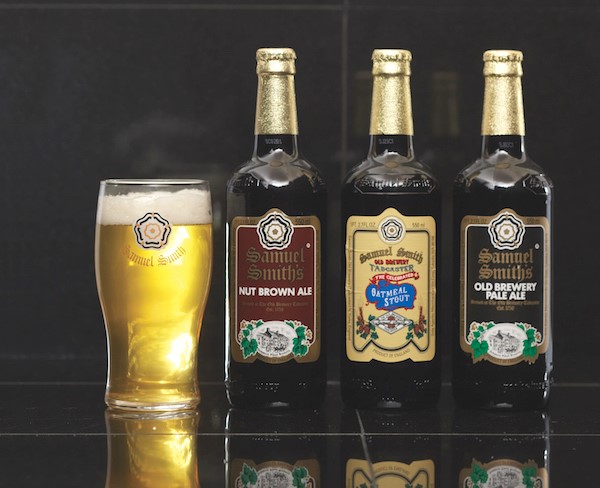Description
Ready for a pop quiz? How many of the following beer terms do you know? If you checked off all 11, cheers to you!
ABV
ABV, or alcohol by volume, is a measurement of alcohol content within a bottle or batch of beer and is expressed as a total percent by volume. In other words, the higher the percentage printed on the packaging, the higher the alcohol content.
IBU
IBU, or International Bitterness Units, is a measurement of bitterness within a beer. The higher this number is, the more bitterness the beer contains. However, it is important to keep in mind that the other components of the beer—hops, sweetness, and acidity—can counteract a highly bitter beer. The IBUs are important, but do not ultimately define the overall flavor.
FG
FG, Final Gravity, is a way for the producer to measure the density of the beer at the time of bottling to determine the alcohol content of the fermented beer. As alcohol weighs less than water, the FG should be lighter as the beer ferments.
Plato
Given in the form of degrees, plato refers to the ratio of sugars that have turned to water (instead of alcohol) during the fermentation process. If you're looking for a more alcoholic beer, you will want this ratio to be lower.
Lovibond, SRM, or EBC
These refer to the color of the beer. When it comes to color, there is a chart that ranks the beer from lightest (0) to darkest (40). Beers that are lighter in color will score around a 2 while darker beers, such as stouts, score around a 35.
Bourbon Barrel Aged
Love the vanilla, oak, and caramel flavors of bourbon? Then you might like bourbon barrel aged beers. After the wooden barrels are used to age bourbon, the wood holds on to some of that flavor. That same barrel is then used to age beer and gives nuances of bourbon flavors to the beer as well.
Dry Hopped
After beer has fermented, dried hops are added to the beer. Contrary to popular belief, the dry hopping process does not increase bitterness (that only happens when the hops are boiled with the beer), it only adds to the aroma.
Wet Hopped
Beers with this label are only available during the harvest season (August-September). Instead of drying all the hops before they get added to the beer, a handful of fresh hops are added to the beer. Because they are fresh, the contain all of their natural oils causing a citrusy and earthy flavor to come forward in the beer.
Imperial
This was a special type of English beer that the Russian imperial court would drink. Since the beer had to be exported to Russia, the Englishmen had to preserve the beer. So, they made an extra hoppy and alcoholic beer, as alcohol and hops worked as natural preservatives. When you see this beer at the store, know that it is a big bold beer full of hoppy flavor and high alcohol content.
Session
A session beer is one that is simply lower in alcohol, usually no higher than 5%. In other words, you can drink them over longer sessions of time.
Nitro
When we see nitro on the label, we get excited. Nitro beers are brewed with nitrogen instead of carbon dioxide, which gives the beer a creamy and silky mouthfeel. Typically, nitro beers are darker beers and bring forward notes of chocolate or oatmeal.

